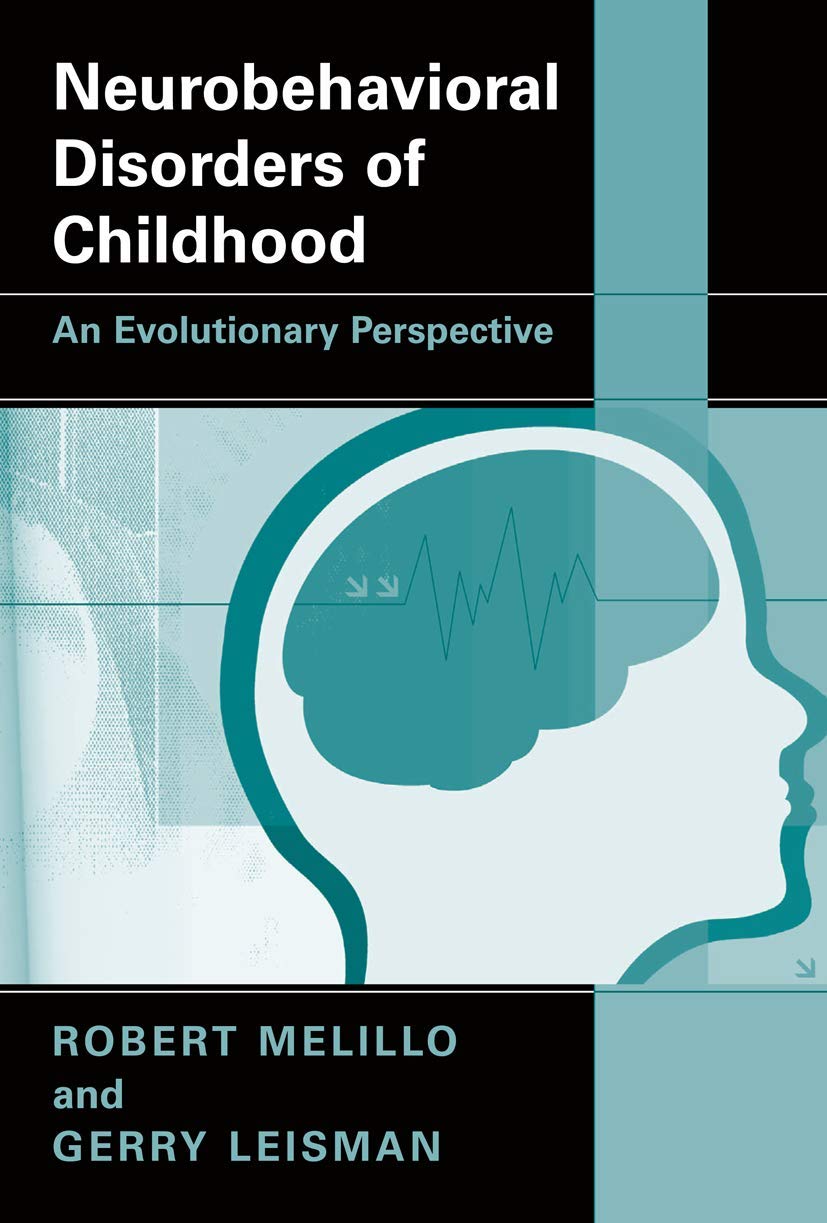

Neurobehavioral Disorders of Childhood: An Evolutionary Perspective
B**A
A#1, Most Excellent.
This tome contains THE most in-depth exploration of structure, function and inter-relation of subcortical structures of the human brain that I have ever seen/read. The authors' evolutionary take is unique and fascinating (and I understand the foundation of the new field of Functional Neurology as an off-shoot of chiropractic medicine). This is one of those books I would grab in the proverbial "armful in a fire" situation.
I**8
Interesting book.
This book makes a challenging read, on the other hand, it is worth sticking with it since the authors make some convincing arguments.
P**N
Great neuro handbook for today's world
A very technical text but very readable and easy to understand its concepts . Would be excellent if neuro connection include stimulation types leading to it.
I**Z
BEAUTIFUL BOOK
I RECOMEND THIS BOOK BECAUSE IT HAS EVERYTHING YOU NEED TO KNOW ABOUT NEUROLOGY . THIS BOOK IS VERY SIMPLE AND CLEAR ABOUT THE CONEXION BETWEEN NEUROLOGY AND BEHAVIOR
B**A
Five Stars
good read
O**N
Five Stars
Great book.
P**E
Great Neurology information for working with children
This is a great resource book for working with Neurobehavioral disorders of children. I had the chance to participate in a training with the author and it was a great experience.
J**K
Neurobehavioral disorders of childhood
Robert Melillo from the Carrick Institute for Graduate Sciences in Florida and Gerry Leisman from the College of Staten Island of the City University of New York have collaborated on this impressive (text)book on neurobehavioral disorders of childhood. To learn, make friends and develop self-esteem are major tasks for children and adolescents to succeed in the school environment. If the child will manage to succeed in school the economic future, social and emotional status, career and quality of life will be positively affected. The issue at hand in this book is what sometimes is referred to as learning disability (LD) or disorder. LD is a disorder that affect the ability to either interpret what is seen and heard or to link information from different parts of the brain. These limitations can show up as specific difficulties with spoken and written language, coordination, self control or attention. Such difficulties extend to schoolwork and can impede learning to read, write or do math. But LD must be seen in a broader picture of developmental disability that also include attention deficit disorder, attention deficit hyperactive disorder, pervasive developmental disorder, obsessive-compulsive disorder, Asperger's syndrome and autism. We are talking about many children involved and therefore the importance of this book. This book has 11 chapters with topics like the evolution of the brain and why the brain works the way it does, sign and symptoms of neurobehavioral disorders, therapeutic theory and strategies. This book is well researched with many references with a focus on alternations of the normal child development in relation to the learning disorders described above. A working theory is presented based on what is known of the neurological and cognitive development in the context of evolution of the human species and its brain. This book will be of interest for neurologists, professionals involved in child development and the human brain. It is another step forward in the work to find solutions to learning disability.Professor Joav Merrick, MDDirector, National Institute of Child Health and Human Developmentand Medical director, Division for Mental Retardation, Box 1260, IL-91012 Jerusalem, Israel. E-mail: [email protected]
Trustpilot
2 weeks ago
4 days ago